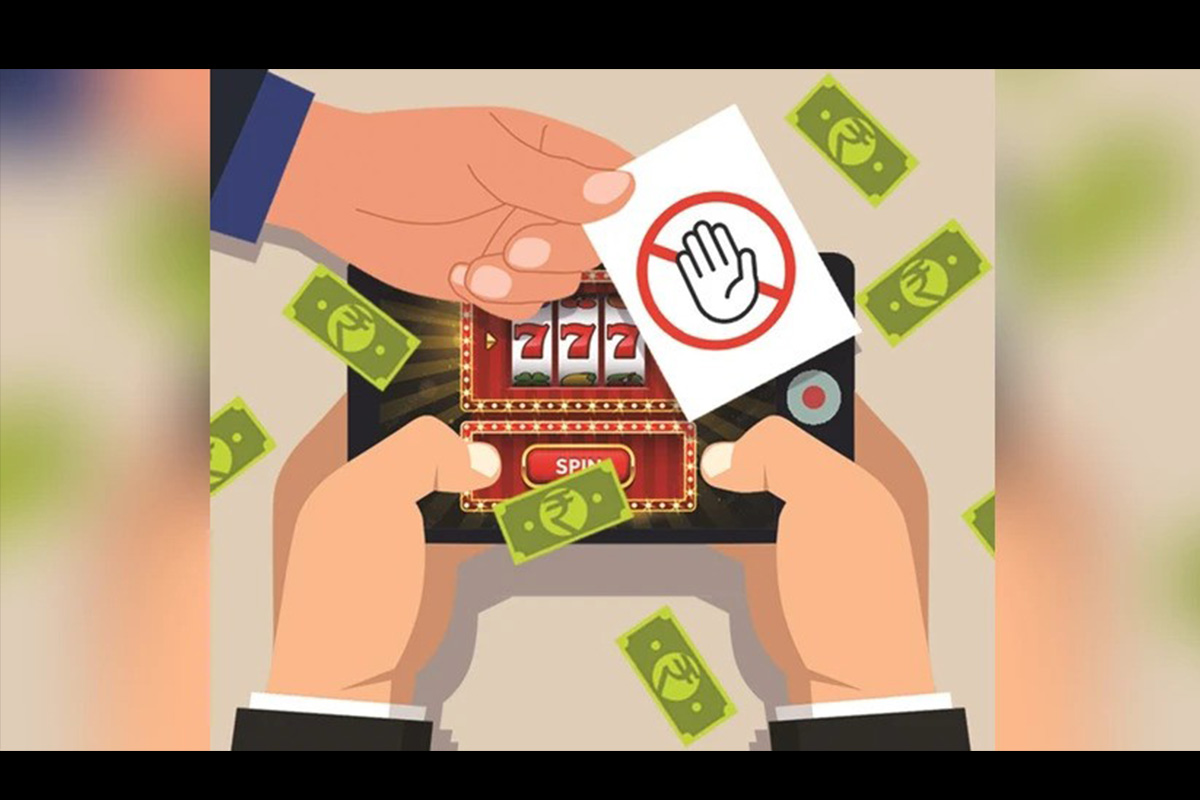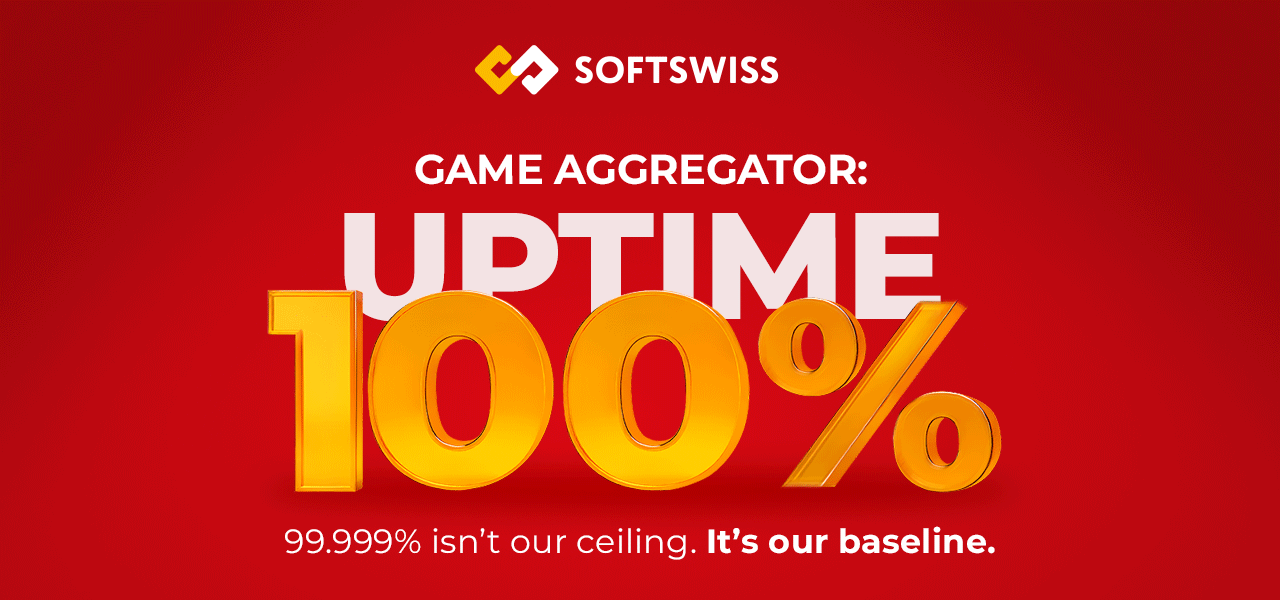Latest News
Why are Console Companies Focusing on the Mobile Market?
The mobile games market remains one of the most popular sectors in the industry. Why are developers focusing on producing games for mobile? Find out here.

The games industry is absolutely enormous. It makes significant progress year after year, with new technology and equipment promising even better and more immersive player experiences. Game developers are constantly innovating and adjusting their methods to deliver the very best games for players.
Game consoles are more powerful than ever before. They can process realistic graphics and colossal, open virtual worlds. It would seem natural then, that the focus would be on developing games for these capable gaming systems. However, in recent times more and more companies have shifted their focus to producing games for the mobile market. Why is this? Let’s find out.
The Development Process
The process of designing and developing a modern video game is long and incredibly expensive. For top-of-the-line titles, often referred to as AAA, the budget for development generally sits between $80 million to $150 million. These enormous costs and the long design process carry risks, if a game does not sell well companies can find themselves in the red very quickly.
Mobile games, on the other hand, are far quicker and cheaper to develop and release. This means companies can publish a number of games with a substantially lower initial outlay, minimizing the financial implications of a game not being well received.
New Markets
The mobile game market is massive, with 150.2 million mobile gamers in the US alone. This is partly down to the variety of games on offer. Players can visit an online casino or take part in massively popular games with cross-generational appeal like Wordle.
Creating games for mobile allows developers to access this market. Many mobile gamers are made up of older generations and other demographics that otherwise would not play games on console, creating new revenue and brand awareness opportunities for games companies.
In-Game Purchases
Much more so than their console counterparts, mobile games make extensive use of in-app purchases to offer players a range of features including new items, extra lives, and additional game modes.
Game developers are well aware of this and are focusing on producing games for the market to take advantage of this unique revenue opportunity. In-app purchases are often built into the mechanics of mobile games themselves and have proved to be incredibly lucrative for games companies. As games are updated with new features, these can be offered for purchase to players looking to bolster their gaming experience. Studies have revealed that in-app purchases account for over 48% of mobile app revenue, well ahead of advertising and paid downloads.
Conclusion
The latest console release always comes with hype and fanfare. Impressive new systems with the best graphics and latest hardware will always create a buzz and can work as an indicator of how far the industry has come.
However, it would seem that these fancy consoles with all their bells and whistles still lack something, as evidenced by the endearing and indeed increasing popularity of the mobile game. Perhaps it’s their accessibility, portability, or ability to appeal to numerous demographics, or maybe it’s all three. Whatever the reason, mobile games are here to stay.
-

 Asia7 days ago
Asia7 days agoIndia Bans Real-Money Gaming
-

 Latest News6 days ago
Latest News6 days agoMeitY Blocked 1300 Illegal Sites But Offshore Platforms Still Exist
-
eSports7 days ago
NODWIN Gaming Acquires Sony Interactive Entertainment’s Stake in Evo; Becomes Majority Holder
-

 Latest News6 days ago
Latest News6 days agoDATA.BET Secures Spot at SBC Summit 2025
-

 Compliance Updates6 days ago
Compliance Updates6 days agoBacta commissioned research shows huge support for seaside arcades led by Gen Z
-

 Latest News6 days ago
Latest News6 days agoWhy Gamification Is Reshaping Online Poker
-
Latest News7 days ago
Pragmatic Play Launches 40,000x Jackpot Spellmaster Slot
-

 Latest News6 days ago
Latest News6 days agoFrom Cards to Crypto: How European Players Fund Their Online Casino Accounts


























